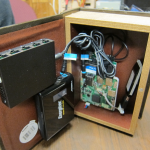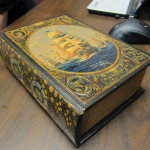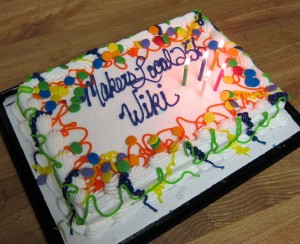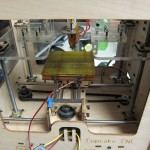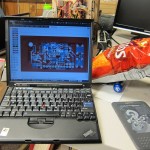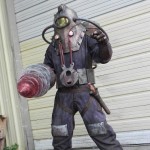My Piratebox
I got a dockstar about a year ago because it seemed like an interesting device. It was designed to be a simple NAS for personal use, backups, media files, etc. It was mainly interesting because it ran a stripped down version of Linux as it’s stock OS and with a few commands, you could change out that version of Linux with one of your own. A few months back I learned about the Piratebox Project. I looked around and noticed that I had most of the parts to make one of my own already. I found a 3×5 card box at Walmart for the first design, but when I found a book box featuring a pirate ship on the cover, I knew I had to finish this project. I ordered a battery off Amazon along with the tiniest switch you’ve ever seen and I had all of the parts. A few minutes, some Velcro and double stick tape at the shop and I had assembled a battery completely wireless filesharing device. If you happen to have a cat5 cable, it could serve everything over that too. Details after the break.

